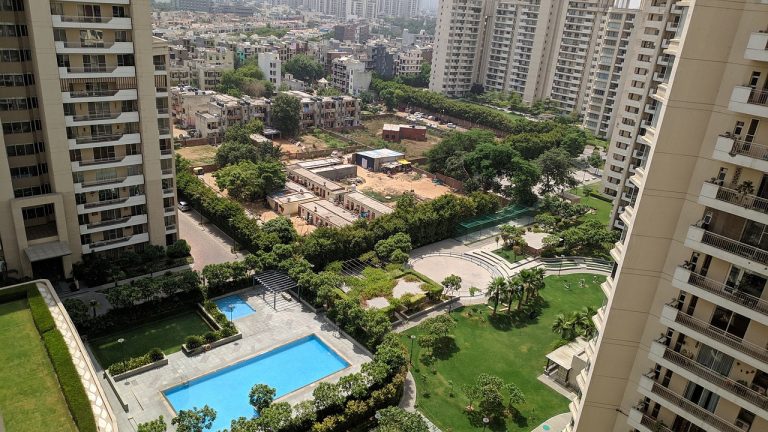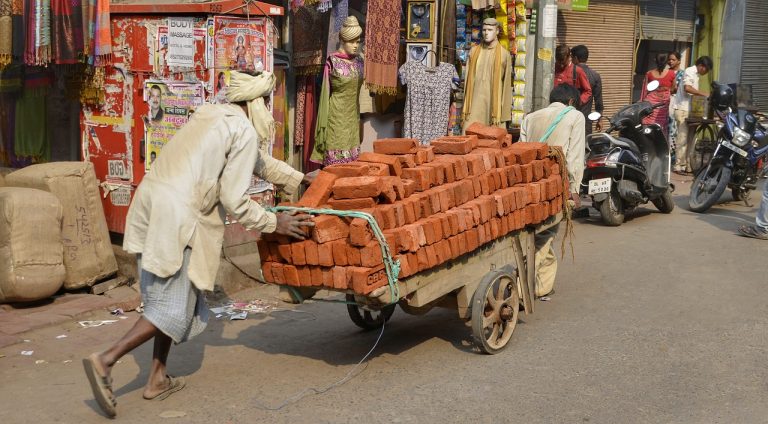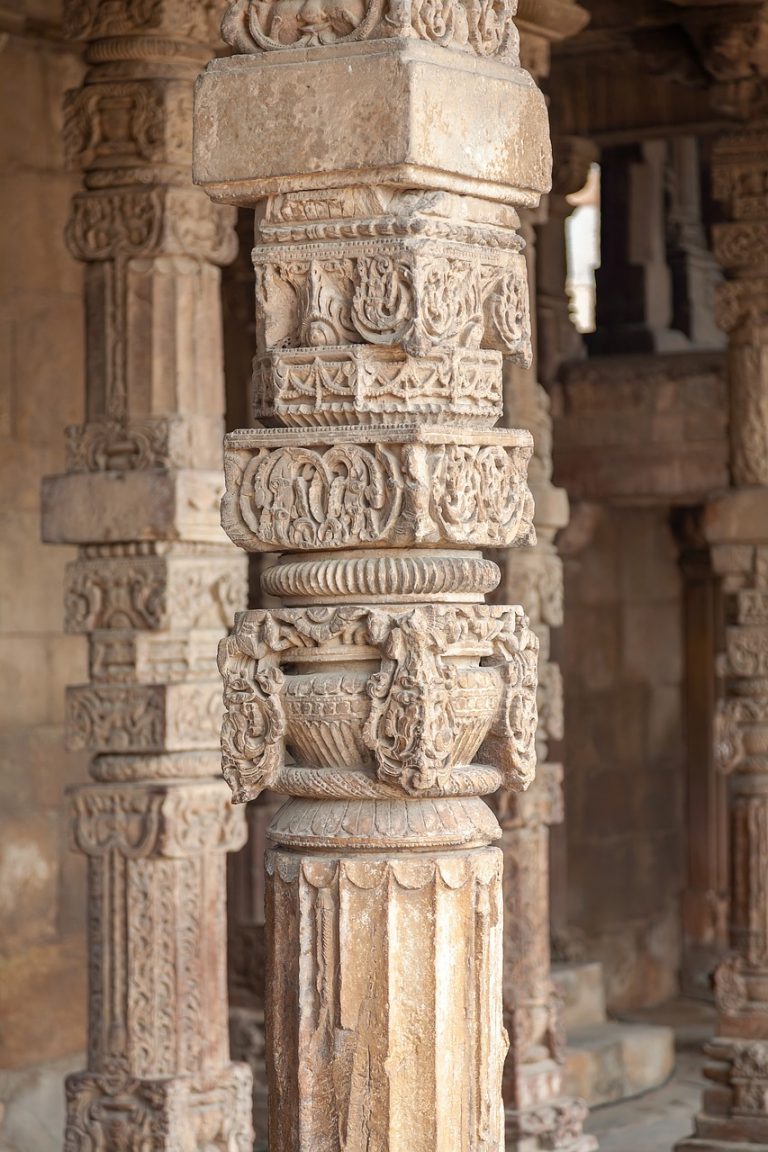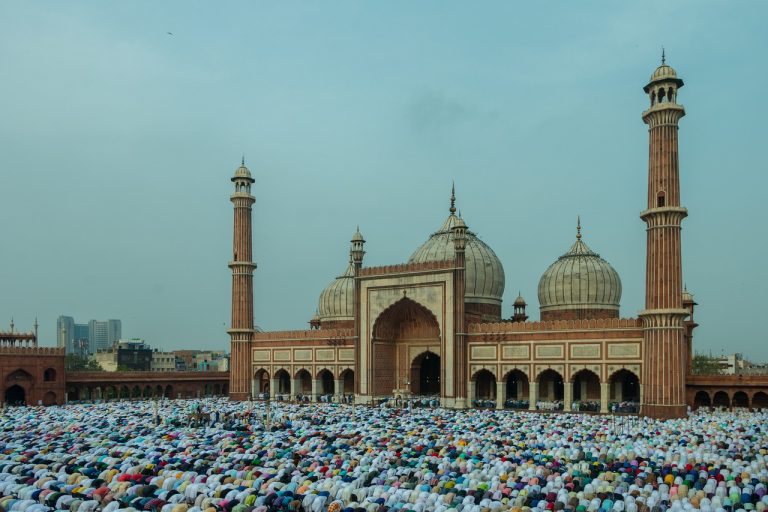Delhi India Video
The Cultural Evolution of Delhi India
Delhi, the capital city of India, has a rich and diverse cultural heritage that has evolved over centuries. From the ancient times of the Indus Valley Civilization to the present day, Delhi has been a melting pot of various cultures, religions, and traditions. This article explores the cultural evolution of Delhi, highlighting its historical significance, architectural marvels, festivals, cuisine, performing arts, and more.
Ancient History: Indus Valley Civilization
- Indus Valley Civilization: Delhi has roots in the ancient Indus Valley Civilization, one of the world’s oldest urban civilizations.
- Historical Sites: Explore historical sites like the Purana Qila and the Indraprastha mound, believed to be the legendary capital of the Pandavas.
Delhi was a part of the Kuru Kingdom during the Mahabharata era and witnessed the rise and fall of various ancient empires.
Purana Qila is a magnificent fort that showcases the architectural brilliance of the Mughal era.
Delhi India Image 1:
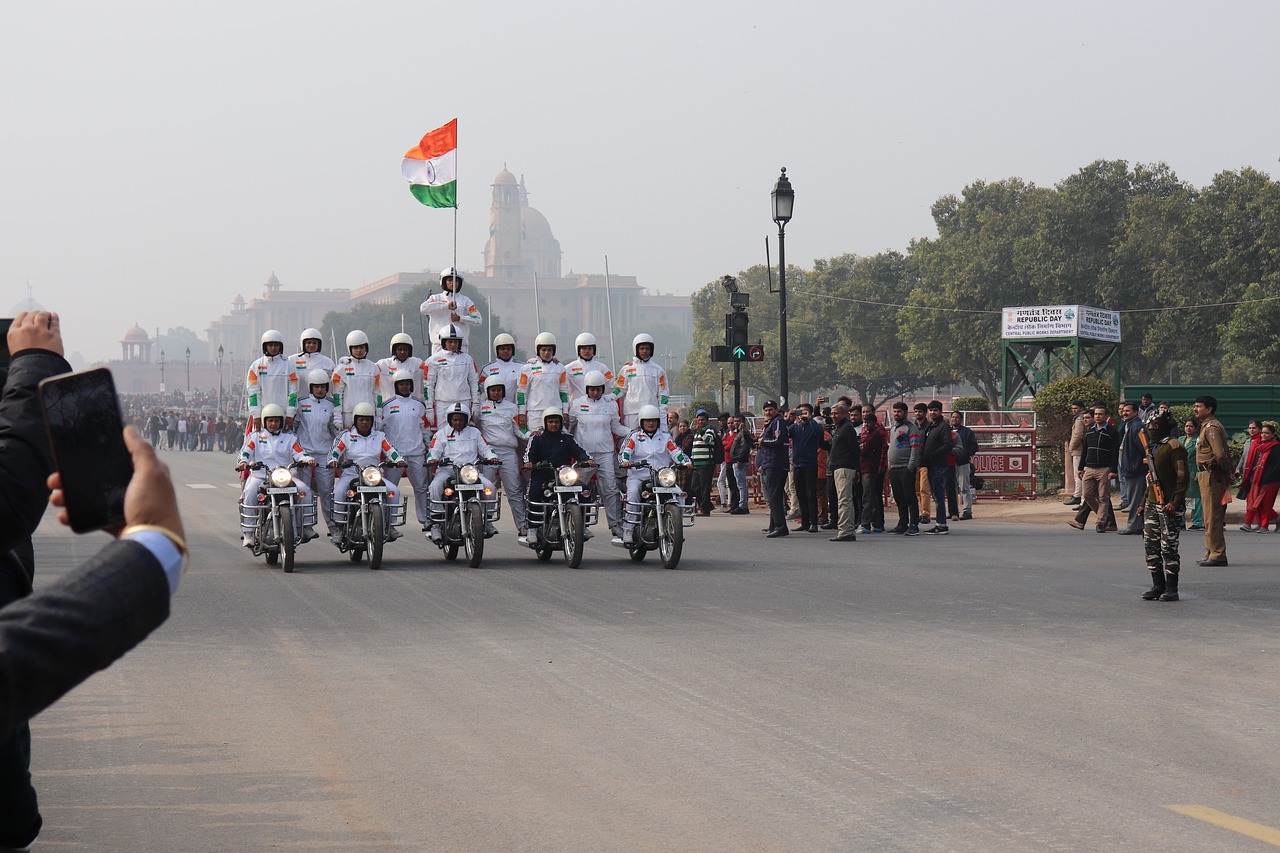
Medieval Era: Delhi Sultanate
- Delhi Sultanate: The medieval period saw the rise of the Delhi Sultanate, with dynasties like the Slave Dynasty, Khalji Dynasty, Tughlaq Dynasty, and more.
- Islamic Influence: The Islamic influence brought by the Delhi Sultanate can be seen in the magnificent Jama Masjid, one of the largest mosques in India.
Qutub Minar, a UNESCO World Heritage Site, stands tall as a symbol of the Delhi Sultanate’s architectural prowess.
Jama Masjid is known for its grandeur and intricate architectural details.
Mughal Era: Architectural Marvels
- Mughal Empire: The Mughal era marked a golden period for Delhi, with emperors like Akbar, Jahangir, Shah Jahan, and Aurangzeb leaving behind magnificent architectural marvels.
- Taj Mahal: Although not in Delhi, the Taj Mahal in Agra is an epitome of Mughal architecture and a must-visit attraction near Delhi.
The iconic Red Fort, a UNESCO World Heritage Site, served as the residence of Mughal emperors and witnessed grand ceremonies and events.
The Taj Mahal is a UNESCO World Heritage Site and one of the Seven Wonders of the World.
Delhi India Image 2:
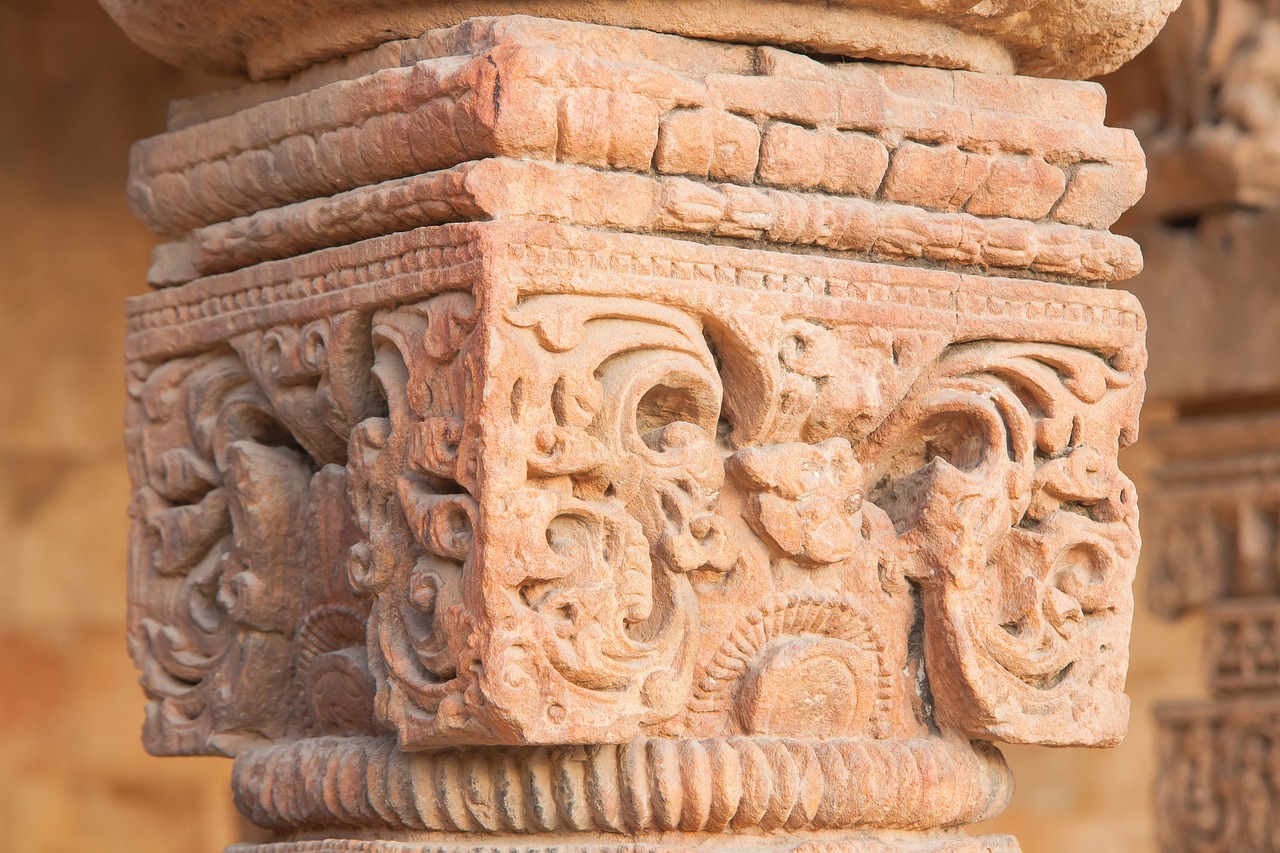
Colonial Influence: British Raj
- British Raj: Delhi came under British control during the colonial era, and the city witnessed significant changes in its urban planning and architecture.
- Lutyens’ Delhi: Sir Edwin Lutyens, a renowned British architect, designed the central administrative area of New Delhi, including the Rashtrapati Bhavan and the Parliament House.
The iconic India Gate, a war memorial dedicated to Indian soldiers, stands as a symbol of Delhi’s colonial past.
Rashtrapati Bhavan, the official residence of the President of India, showcases a blend of British and Indian architectural styles.
Festivals and Cultural Celebrations
- Diwali: Diwali, the festival of lights, is one of the most celebrated festivals in Delhi. The city comes alive with vibrant decorations, fireworks, and cultural performances.
- Holi: Holi, the festival of colors, is another popular festival celebrated with enthusiasm in Delhi. People come together to play with colors and enjoy music, dance, and festive food.
Witness the mesmerizing display of lights at markets like Chandni Chowk and enjoy traditional sweets and delicacies.
Head to popular locations like Connaught Place and enjoy the lively atmosphere of Holi celebrations.
Delhi India Image 3:

Cuisine: A Gastronomic Delight
- Street Food: Delhi is famous for its street food culture. Indulge in mouth-watering delicacies like chaat, kebabs, parathas, and biryanis.
- Mughlai Cuisine: Delhi’s culinary scene is heavily influenced by Mughlai cuisine. Try iconic dishes like butter chicken, biryani, and kebabs.
Explore bustling food joints in Old Delhi’s Chandni Chowk and savor the flavors of Delhi’s culinary delights.
Karim’s, a famous restaurant in Old Delhi, is known for its authentic Mughlai flavors.
Performing Arts and Cultural Centers
- National School of Drama: Delhi is home to the prestigious National School of Drama, promoting and nurturing talent in theater and performing arts.
- India Habitat Centre: The India Habitat Centre serves as a hub for cultural activities, showcasing art exhibitions, performances, and workshops.
Witness captivating theatrical performances at various venues in Delhi, including the NSD campus.
Explore the vibrant art scene and attend cultural events at this renowned cultural center.
Conclusion
Delhi’s cultural evolution is a testament to its rich history and diverse heritage. From ancient civilizations to medieval empires and colonial influence, the city has absorbed and celebrated various cultures, leaving behind architectural marvels, vibrant festivals, delectable cuisine, and thriving performing arts. Delhi truly embodies the essence of India’s cultural tapestry.
References
- britannica.com
- unesco.org
- incredibleindia.org
- culturalindia.net


